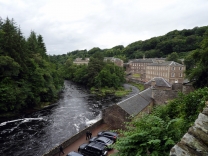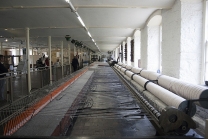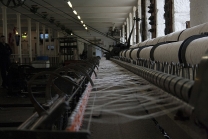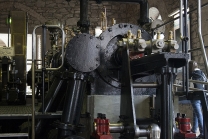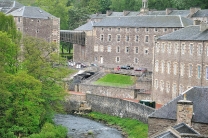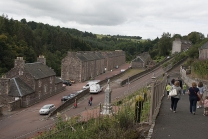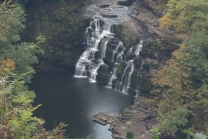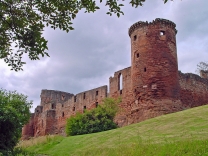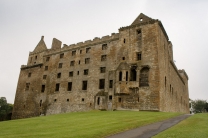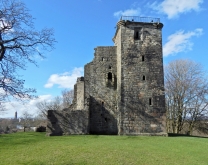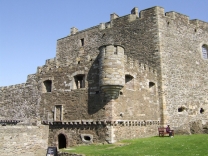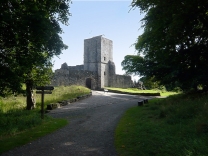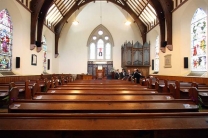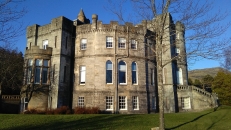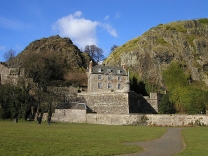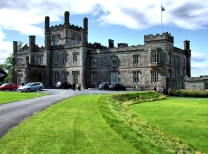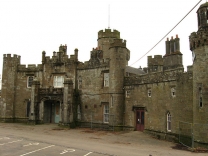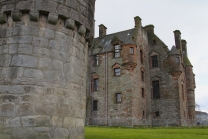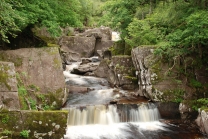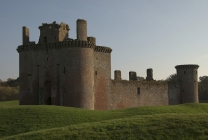No video yet

New Lanark
New Lanark is a village on the River Clyde, approximately 1.4 miles (2.2 kilometres) from Lanark, in Lanarkshire, and some 25 miles (40 km) southeast of Glasgow, Scotland. It was founded in 1786 by David Dale, who built cotton mills and housing for the mill workers. Dale built the mills there in a brief partnership with the English inventor and entrepreneur Richard Arkwright to take advantage of the water power provided by the only waterfalls on the River Clyde. Under the ownership of a partnership that included Dale's son-in-law, Robert Owen, a Welsh philanthropist and social reformer, New Lanark became a successful business and an early example of a planned settlement and so an important milestone in the historical development of urban planning.
The New Lanark mills operated until 1968. After a period of decline, the New Lanark Conservation Trust (NLCT) was founded in 1974 (now known as the New Lanark Trust (NLT)) to prevent demolition of the village. By 2006 most of the buildings have been restored and the village has become a major tourist attraction. It is one of six UNESCO World Heritage Sites in Scotland and an Anchor Point of ERIH - the European Route of Industrial Heritage.
History
The New Lanark cotton mills were founded in 1786 by David Dale in a brief partnership with Richard Arkwright. Dale was one of the self-made "Burgher Gentry" of Glasgow who, like most of this gentry, had a summer retreat, an estate at Rosebank, Cambuslang, not far from the Falls of Clyde, which have been painted by J. M. W. Turner and many other artists. The mills used the recently developed water-powered cotton spinning...


